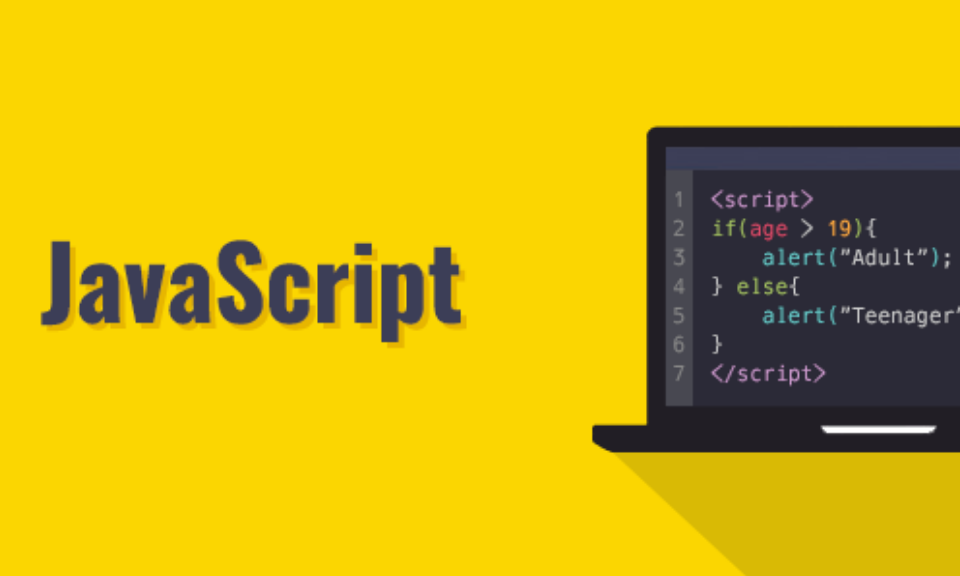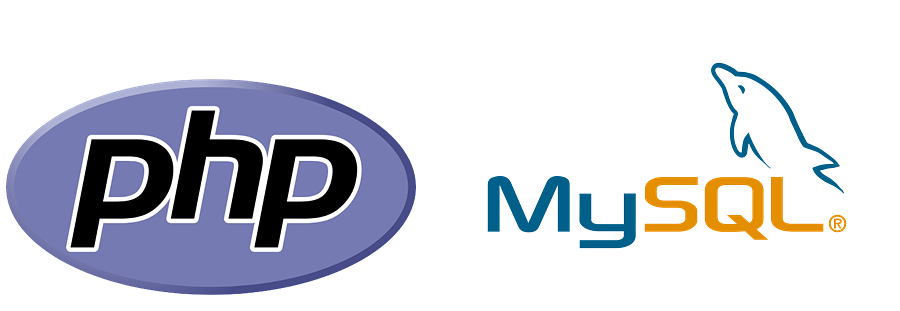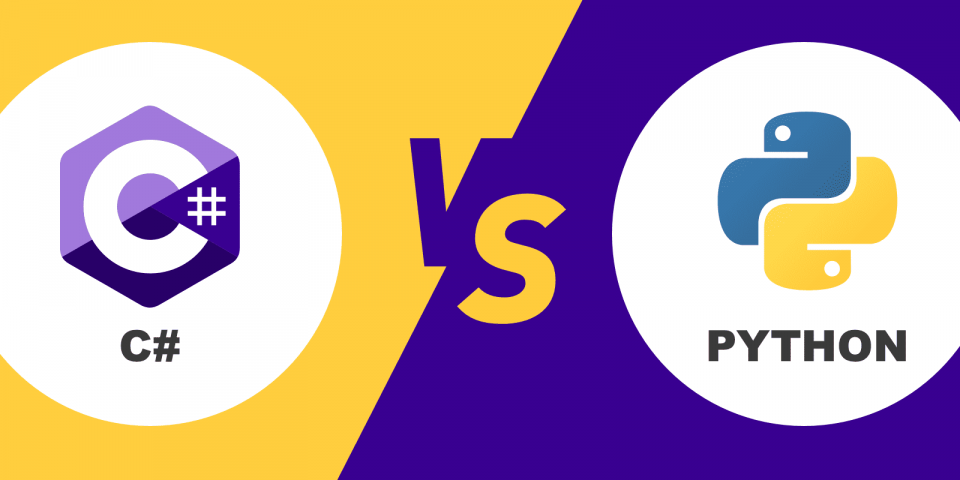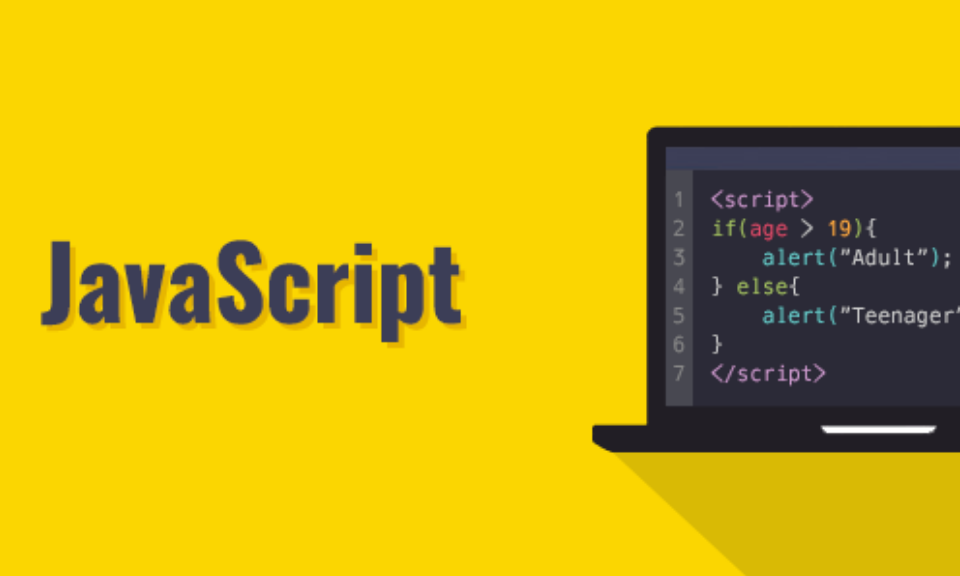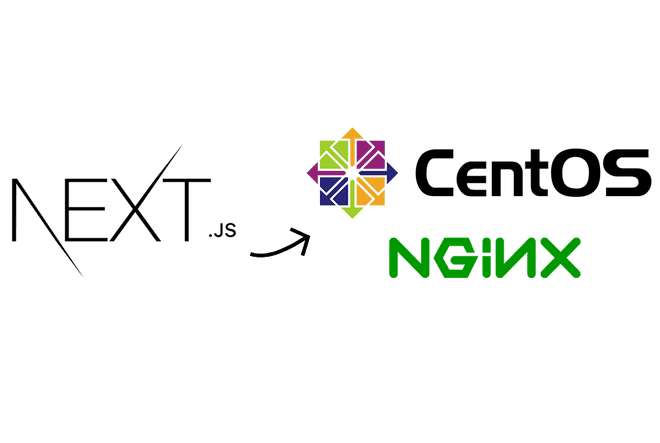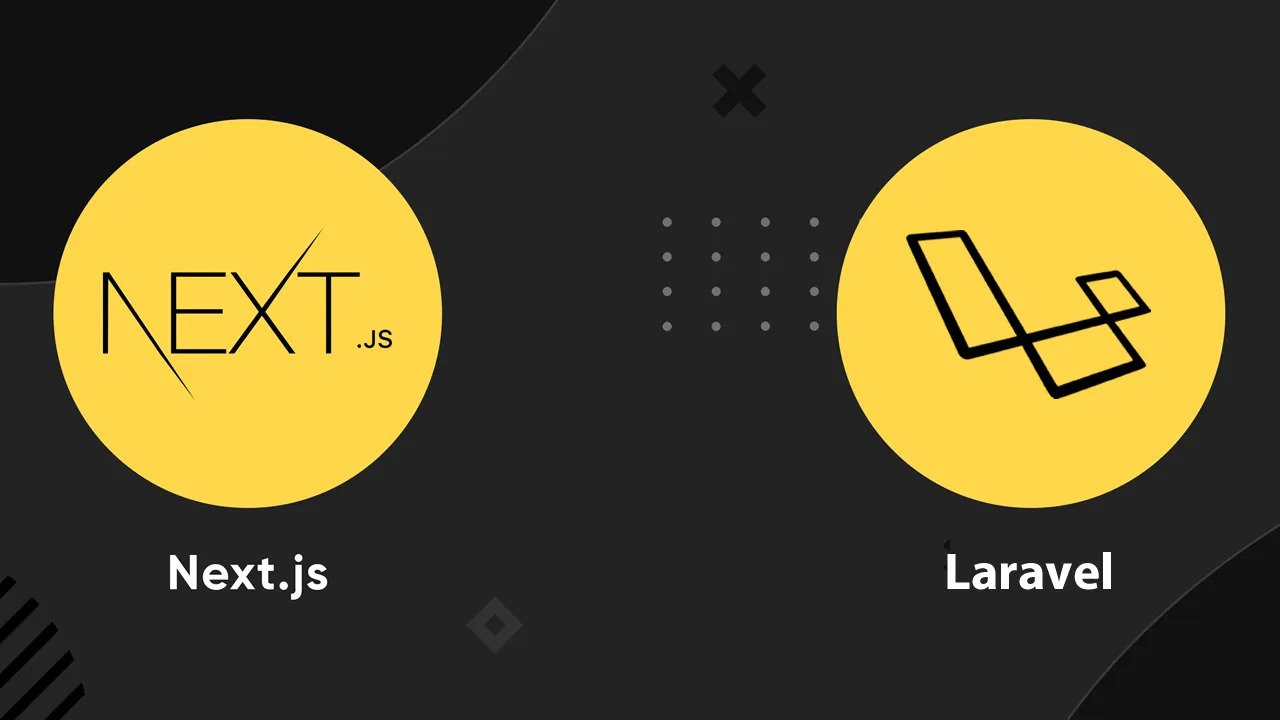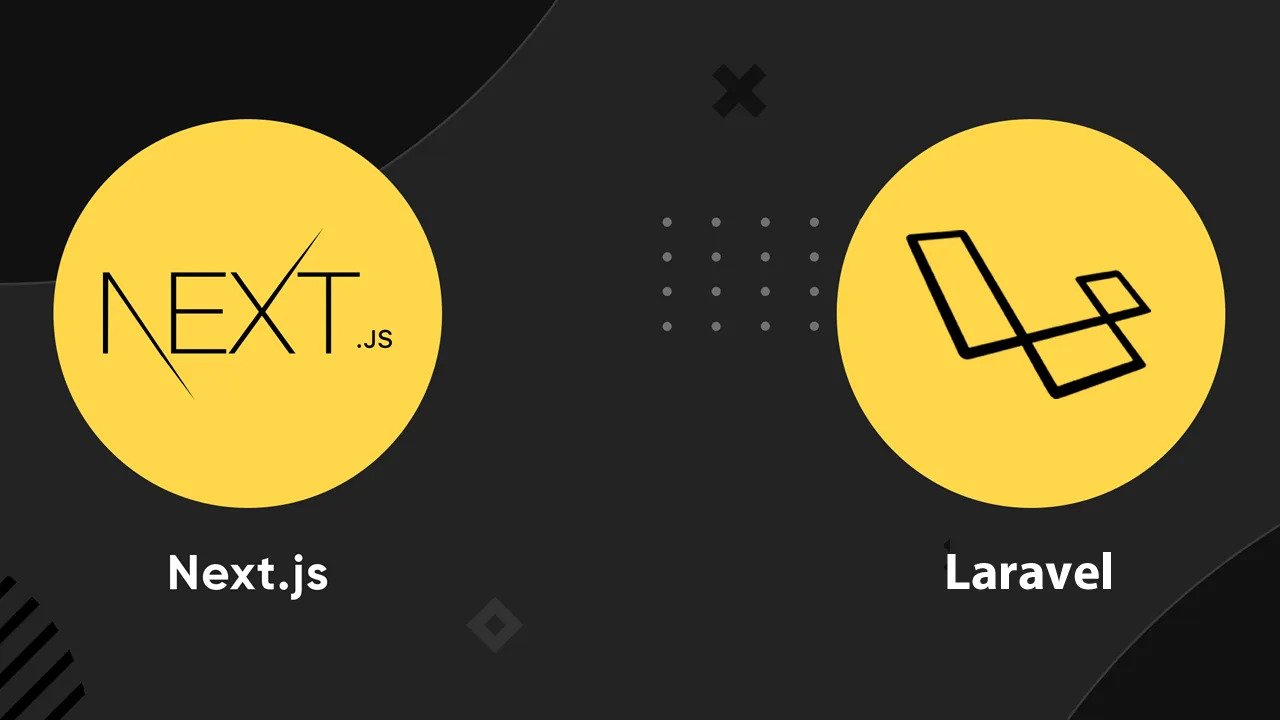A learning path for JavaScript from basic to advanced level for beginners.
Learning JavaScript is a great way to enter the world of web development. It is widely used for both front-end and back-end development, making it an essential language for all web developers. In this roadmap, I will explain step-by-step how to learn JavaScript from basic to advanced level.
Level 1: Basics
-
HTML & CSS: Before starting with JavaScript, it's important to have a good understanding of HTML and CSS, which are the building blocks of websites. You'll need to know how to structure your content with HTML, and present your designs with CSS.
-
Introduction to [removed] Start by learning the basics of JavaScript like variables, data types, operators, control structures, functions and arrays. It’s important to understand the fundamental concepts before moving to the next level.
-
DOM Manipulation: The Document Object Model (DOM) is a programming interface that allows you to manipulate the structure and content of a webpage. Learn how to use JavaScript to select, modify, and create elements on a page.
-
Events: Events are actions or occurrences that happen in the browser, such as a user clicking a button, scrolling the page or hovering over an element. Learn how to handle these events using JavaScript.
-
jQuery: jQuery is a popular library that simplifies DOM manipulation and event handling. Learn how to use jQuery to achieve common effects, such as animations and form validation.
Level 2: Advanced
-
Intermediate [removed] Build on what you learned in the first level, by diving deeper into objects, classes, inheritance, closures, scope, and asynchronous programming with promises, callbacks and async/await.
-
ES6+: ECMAScript 6 (ES6) introduced several new features and syntax improvements that make writing JavaScript easier and more efficient. Learn about arrow functions, template literals, destructuring assignments, spread syntax, let and const, and much more.
-
Node.js: Node.js is a server-side runtime environment that allows you to run JavaScript code outside of the browser. Learn how to set up and work with Node.js, and use it to build scalable web applications.
-
React: React is a JavaScript library for building user interfaces. With React, you can break down complex UI components into reusable ones, making it easier to manage and maintain your code.
-
Advanced Concepts: Finally, learn advanced topics like design patterns, testing, security and performance optimizations to take your JavaScript knowledge to the next level. These concepts will help you write clean, efficient, secure and scalable code for any project.
In conclusion, learning JavaScript requires patience, commitment, and a lot of practice. By following this roadmap, you can gradually become a proficient JavaScript developer from beginner to advanced levels. Good luck!
